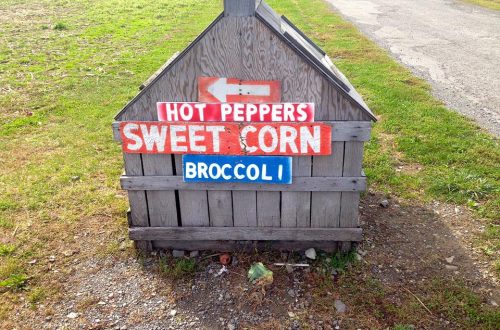Polystyrene is a commonly used plastic material, known for its versatility and lightweight nature. It is used in countless products, from disposable cups to insulation. But how is it made, and what is the process of polystyrene processing?
Polystyrene processing begins with the creation of a polymer. Polymers are long chains of molecules that are created by joining together small units called monomers. In the case of polystyrene, the monomer used is called styrene.
To make polystyrene, styrene is first mixed with a chemical compound called a free radical initiator. The mixture is then heated to a high temperature, which causes the initiator to break down and release free radicals. These free radicals grab onto the styrene molecules, causing them to bond together and form polymer chains.
Once the polymer has been created, it is then cooled and cut into small pellets, which are transported to a manufacturing facility.
The manufacturing process for polystyrene products involves two main methods: injection molding and extrusion.
Injection molding involves melting the polystyrene pellets and injecting them into a mold. The melted plastic then cools and solidifies, taking on the shape of the mold. This method is commonly used for products like disposable cutlery, electronics housings, and toys.
Extrusion, on the other hand, involves melting the pellets and forcing the molten plastic through a die. The plastic then cools and solidifies into a continuous shape. This method is commonly used for products like packaging materials, insulation, and piping.
Regardless of the manufacturing method used, polystyrene products are known for their lightweight, durable, and versatile nature. By using this material, manufacturers can create products that are affordable, easy to produce, and can be made in a variety of shapes and sizes.
While polystyrene is undoubtedly useful, it is important to note that it is also a non-biodegradable material. This means that it does not break down naturally in the environment and can contribute to pollution and waste. As a result, there has been a growing movement towards finding more sustainable alternatives to polystyrene.
One such alternative is biodegradable polystyrene, which is made from plant-based materials and can be broken down in the environment. This type of polystyrene is still in the early stages of development but shows promise for a more sustainable future.
Another alternative is simply reducing our use of polystyrene altogether. By utilizing reusable products like metal utensils or glassware, we can significantly reduce the demand for disposable polystyrene products.
Polystyrene processing is a complex but necessary process for creating useful and versatile plastic products. While this material has been widely used in the past, there is a growing need to find more sustainable alternatives and reduce our overall usage. By understanding the process of polystyrene processing and the environmental impact of this material, we can make more informed choices about the products we use and work towards a more sustainable future.





